|
Part 2: The True State Of The Qur'an CHAPTER XIII (Cont'd.) Back To Main Index c/ More Playing With ‘Uthman’s Graphic Form - The Shadda ( (1) To Extend The Text It is noteworthy that, as with the ‘dagger-alif’, the shadda is used massively to ‘extend’ the consonantal symbol texts. We earlier noted the difference of yartadda It must recognised that the shadda is not part of the ‘original Qur’anic Arabic’, but is a later addition. It tells the reader, ‘The Oral Tradition indicates that the reading has 2 dals, but the text only has one, so the `Uthmanic consonantal symbol text has been ‘extended’ in order to use the reading". Clearly its purpose was not to ‘make the texts uniform’, nor to produce the same reading since this reading could not have been obtained if the graphic form already had 2 dals.24 In Q2:79 alone we find five shaddas in the 1924 Egyptian which are not in the 1909 Turkish text. Thus, in this aya alone the Egyptians now have five consonants more than they had been using for years.25 Again, in some cases ‘shaddas’ have been used on both the Kufan and Medinan texts although both texts contain the same consonantal symbol. As one example out of a mass of such occurrences we note that in Q2:54/55 the leading stem, used as a nun, has a shadda on it in both the Warsh The first nun is deliberately ignored because the ‘reading’ has required 2 nuns in a row with no ‘short vowel’ separating them. The `Uthmanic graphic form as it is cannot achieve this since grammatical rule demands that each consonant be assigned a ‘short vowel’ or ‘quiescence’, which, in both our instances would separate the 2 nuns thus disallowing the use of the ‘new reading’. Therefore, the scholars have used the shadda to manipulate the text. 141 |
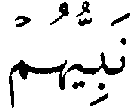 but the Warsh (Medinan) text has retained the single ya
but the Warsh (Medinan) text has retained the single ya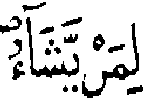 as also in the Taj (as in the Swahili)
as also in the Taj (as in the Swahili) 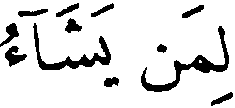 are without it. Again, an indication that certain Hafs texts contain a mixture of readings.
are without it. Again, an indication that certain Hafs texts contain a mixture of readings. 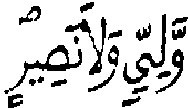 )!
)! 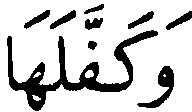 and the Warsh does not
and the Warsh does not 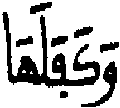 .
.  Bismillaahir-Rahmaanir-Raheem (In the name of Allah, The Beneficient, The Merciful), there are 3 deleted Alifs, one of which is unpronounced (
Bismillaahir-Rahmaanir-Raheem (In the name of Allah, The Beneficient, The Merciful), there are 3 deleted Alifs, one of which is unpronounced (  ) and (
) and ( 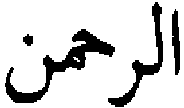 ), which make the total number of letters 22 and not 19." (‘19’, Bilal Philips, p. 10f)
), which make the total number of letters 22 and not 19." (‘19’, Bilal Philips, p. 10f) 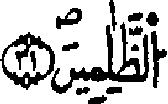
 .
.